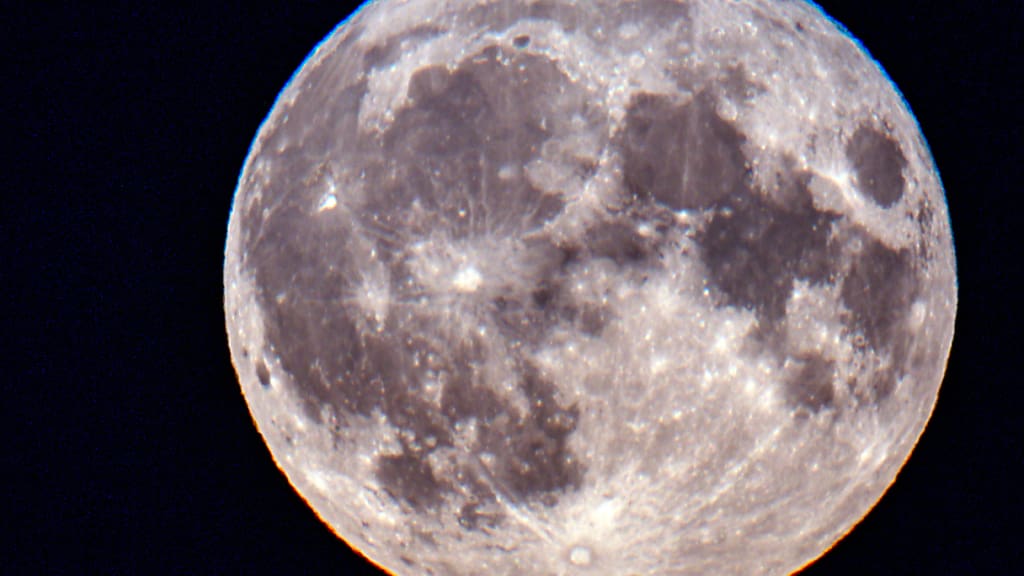A giant rat in the South Seas inspires researchers: for the first time the species, which was described only a few years ago, fell into camera traps. But the photos of the rare rodents could be the last.
Researchers have used camera traps to photograph one of the world’s rarest and least studied species for the first time on a remote island in the South Pacific. The Vangunu giant rat (Uromys vika), named after the Solomon Islands of the same name, was not even known to science until a few years ago. It is at least twice the size of a normal rat and lives in trees.
The only animal documented so far was found dead next to a fallen tree in 2015. It was the first new rodent species discovered in more than 80 years in the Solomon Islands, east of New Guinea. However, the first images of the rats in their natural habitat could also be the last.
The rodents are threatened with extinction due to the deforestation of their habitat in the tropical forests of Vangunus, according to a study published in the journal “Ecology and Evolution”. The fact that they fell into camera traps is thanks to the local population: the people of Vangunu – unlike science – have deep traditional knowledge about giant rats, wrote the researchers led by Tyrone H. Lavery of the University of Melbourne.
“Using camera traps and based on this knowledge, we wanted to capture images of Uromys vika in the last large block of the Vangunu primeval forest.”, it was said. The animals were attracted to bait containing sesame oil. A total of 95 images were taken from four different specimens. “The rodents were conclusively identified as Uromys vika due to their large body size, long tails and very short ears.”
According to the study, the forests near the town of Zaira are the last suitable habitat for the species: they build their nests in ferns growing on lowland trees. Not much is known about their way of life, but the Vangunu rats are said to be so strong that they can even crack coconuts.
“The recent approval for deforestation around Zaira will lead to its extinction.”, the researchers are convinced. They hope their spectacular photos will draw attention to the rare rodents and the protection of their habitat.
“The results presented here come at a crucial time for the future of Zaira’s forests.”, wrote Lavery. The residents have fought for sixteen years to protect their tribal lands from commercial exploitation. Nevertheless, the Solomon Islands government opened the area to logging in November 2022. (saw/sda/dpa)
Source: Blick
I am Ross William, a passionate and experienced news writer with more than four years of experience in the writing industry. I have been working as an author for 24 Instant News Reporters covering the Trending section. With a keen eye for detail, I am able to find stories that capture people’s interest and help them stay informed.







